Let’s talk about condoms. Humble, stretchy, occasionally strawberry-scented—these little sheaths have been riding shotgun on humanity’s sexual journey for millennia. Whether tucked in wallets, bedside drawers, or artfully fumbled for mid-makeout, condoms have been protecting pleasure (and public health) way before latex became mainstream. So, where did it all begin? Strap in—this is going to be a fun ride.
Ancient AF: Before Durex, There Was…Linen?
Turns out, condoms are older than your grandma’s grandma’s grandma. The earliest possible evidence? A 12,000-year-old cave painting in France that might depict condom use. Is it conclusive? Not really. Is it oddly romantic? Absolutely.
Jump to ancient Egypt—think 1000 BC—and people were wrapping it up with linen sheaths, likely used to protect against disease or to symbolize status. (Honestly, who wouldn’t want their junk in Egyptian cotton?)
The ancient Romans and Greeks, not to be outdone, supposedly used animal bladders and intestines. Romantic? Questionable. Functional? Apparently. Safe sex: the charcuterie edition.
The Renaissance: Syphilis & Sheep Guts
Fast forward to 16th century Italy: syphilis is making its grand tour across Europe, and everyone’s a little itchy about it. Enter Gabriele Falloppio (yes, that Falloppio), who documented a linen condom soaked in chemicals to prevent infection. His tests? 1,100 men, zero syphilis. That’s some impressive sample sizing—and commitment.
By the 1700s, condoms were being sold in pubs, markets, and under-the-counter apothecaries. Materials? Still mostly animal guts. Reusable? Yep. Rinse, repeat, try not to think about it.
Rubber Revolution: Condoms Get Bouncy
Bless the 19th century for vulcanized rubber. In 1839, Charles Goodyear (yep, tire guy) figured out how to make rubber durable and stretchy. Suddenly, condoms weren’t just slippery tubes of sausage casing—they were reusable rubbery shields of protection. They were bulky, yes, but a massive leap in condom tech.
And while the Comstock Laws in the U.S. tried to shut down the fun by banning contraception info, people still found ways to get their hands on protection. Because when there’s a will, there’s a way—and often a discreet postman.
Latex, Liberation & Love Gloves
In the 1920s, latex changed the game again. Thinner, stronger, and way more comfortable, latex condoms became the gold standard. Plus, they could be mass-produced without sacrificing quality. Finally, people had reliable access to affordable, effective birth control—and they didn't have to boil their condoms between uses. (Seriously.)
By the 1980s, with the HIV/AIDS crisis hitting hard, condoms were no longer just about pregnancy prevention—they were lifesaving tools. Public health campaigns rebranded the condom as the everyday hero it is.
The Modern Era: Ethical, Inclusive, and Sexy
Today’s condoms are lighter, safer, and more diverse than ever. Vegan? You got it. Made without weird chemicals? Absolutely. Flavored, textured, ultra-thin? All of the above. And as sexual wellness becomes less taboo and more celebrated, condoms are finally being embraced not just as a utility—but as a part of joyful, empowered intimacy.
At Dame, we believe protection is pleasure-positive. Whether it’s your first time or your hundredth, condoms should make you feel good—safe, respected, and free to explore.
Wrap-Up (Pun 100% Intended)
From cave drawings to vegan latex, condoms have been through a journey. They’ve protected us, evolved with us, and—bless their flexible little hearts—helped make sex safer for everyone. So here’s to the condom: a 12,000-year-old wingman that’s still doing the work.
Whether you’re a devoted user or a curious newbie, let’s all agree—history never felt so sexy.





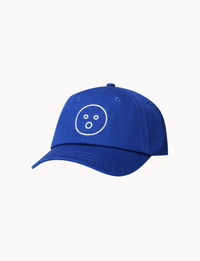
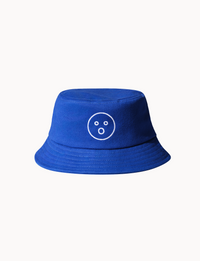
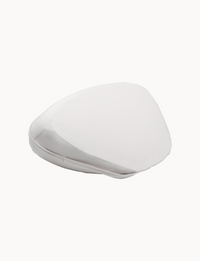
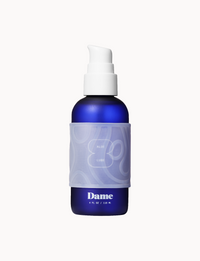

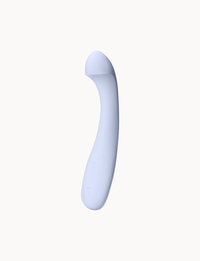
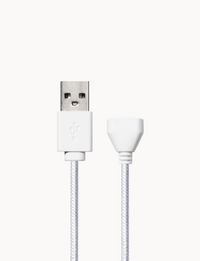

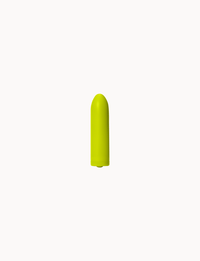
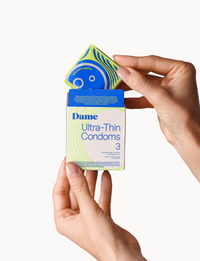
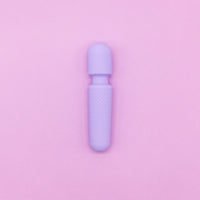
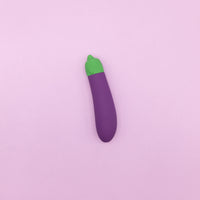
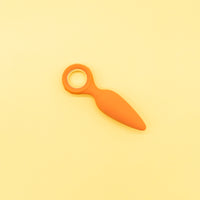

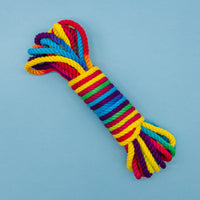

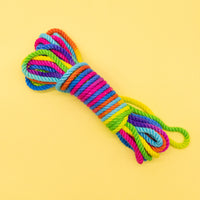
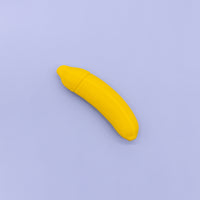
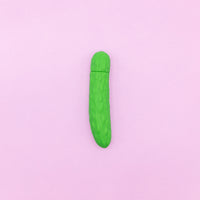
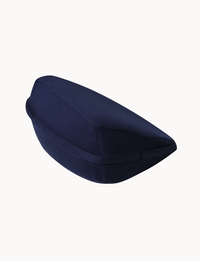

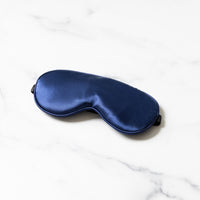
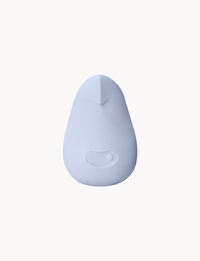
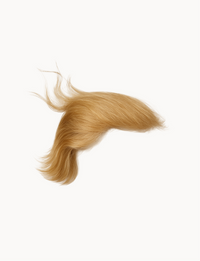
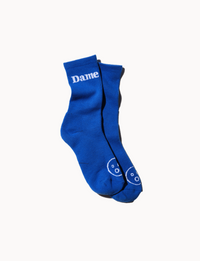
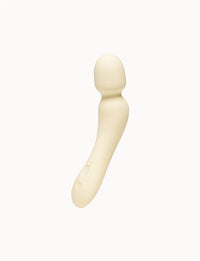

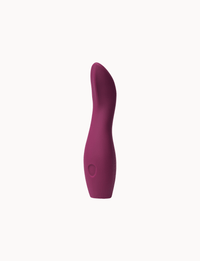
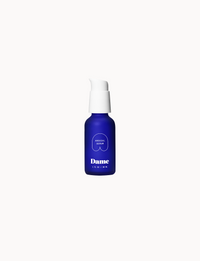
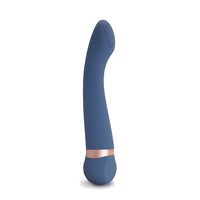
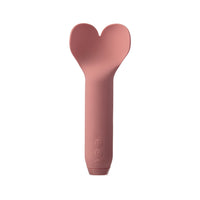
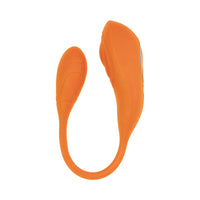
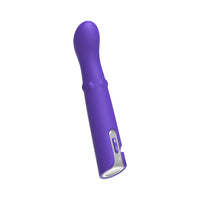
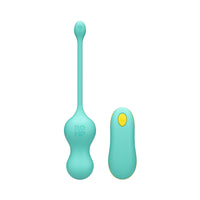
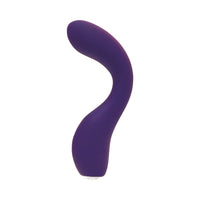
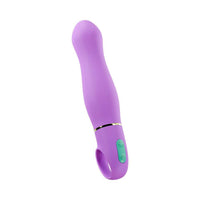
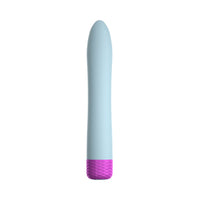

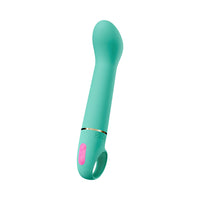

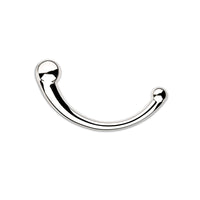
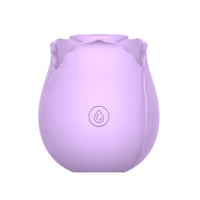
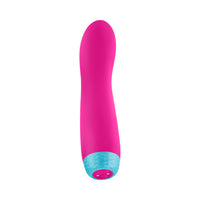



1 comment
it was a very informative blog